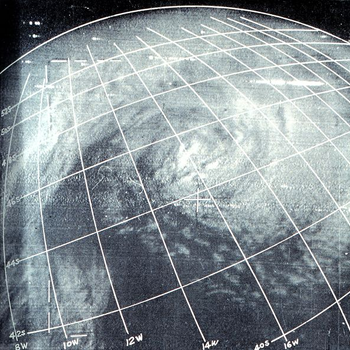What is the range of the function #f(x)= 5^(sqrt(2x^2-1)) #?
2 Answers
The range is [1,
Explanation:
When first looking at this problem, I would focus on the domain. Having x under a square root usually results in a limited domain. This matters because if points don't exist in the domain, then we need to make sure that we don't include them in the range either!
The domain for
Now, we need to look at end behavior to see where the function is heading for
g(x) =
g(x) =
And 'plug in' negative and positive infinity
g(-
g(
g(
g(
Now, we need to find the minimum that the function is. Keep in mind that
Since
f(
f(
f(
f(
f(
So, the range will be [1,
[1, positive infinity)
Explanation:
When graphing this function (I recommend Desmos if you don't have it graphed) you can see the lowest part of the function touches 1 on the y axis, and continues positively to infinity. An easy way to find this without a graph is to see if you have any restrictions in the equation. Since there are no square roots of negative numbers, we know that if we set the exponent to 0, we can find the lowest possible x value.
Now that we have the Domain restriction, we can use this for the original equation
Now we have determined that the lowest possible y value is 1, and there is no restriction on how high the y values can possibly go. Therefore, the range is from positive 1 (inclusive) to positive infinity.


